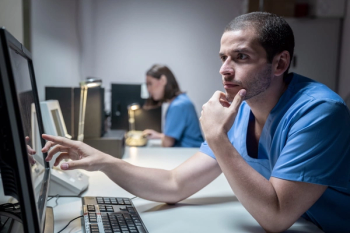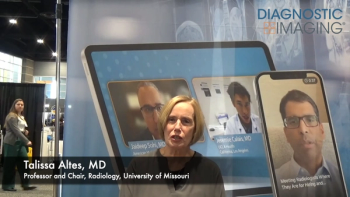
Radiology experience teaches cardiology about PACS
When it comes to PACS, what some perceive as a turf battle between radiology and cardiology departments may actually be more cardiac manifest destiny. Often armed with more finances but less PACS expertise than radiology, cardiology departments tread in uncharted waters when making the decision to implement a PACS.
When it comes to PACS, what some perceive as a turf battle between radiology and cardiology departments may actually be more cardiac manifest destiny. Often armed with more finances but less PACS expertise than radiology, cardiology departments tread in uncharted waters when making the decision to implement a PACS.
"Financially, cardiology is often more powerful than radiology and therefore has few problems funding a cardiology PACS on its own," said Henri "Rik" Primo, director of marketing and strategic relationships, Siemens Medical Solutions.
But while many cardiologists may consider PACS is an essential clinical tool, cardiology departments may not have the technological savvy answer questions related to DICOM, modality worklist, HIPAA, CT, and MR.
Even displaying video clips of ultrasound, nuclear medicine, and angiography on PACS workstations is relatively new to many cardiologists, Primo said.
"Cardiologists are used to displaying studies on a wide variety of modality-specific workstations, or even modality-specific PACS workstations, but not on multimodality PACS workstations," he said.
In some cases, cardiology must "borrow" expertise to deal with these matters from radiology, but radiology resources are often limited, particularly in cardiac-specific knowledge.
"The turf battle is not really a turf battle at all, it's more of a quest for knowledge," Primo said.
Meanwhile, the trend of separate radiology and cardiology PACS continues, in part because the hardware necessary to satisfy single server and storage appliance demands is still too expensive.
In hospitals where servers and storage are shared, conflict can develop as a function of slow viewer load time, since both radiology and cardiology routinely store studies on the order of 50 to 250 MB, said Chris Walker, CEO of the California-based Cardio-Vascular Sales. With 64-slice CT, study sizes are moving well beyond 300 MB.
"Storage appliances and server transaction speed required for a single server and storage appliance are within current hardware capabilities but are prohibitively expensive," Walker said.
The trend sees cardiology and radiology purchasing separate PACS with storage appliances that meet their unique requirements. Enterprise exchanges are accomplished via disparate server connections, he said.
Newsletter
Stay at the forefront of radiology with the Diagnostic Imaging newsletter, delivering the latest news, clinical insights, and imaging advancements for today’s radiologists.




























